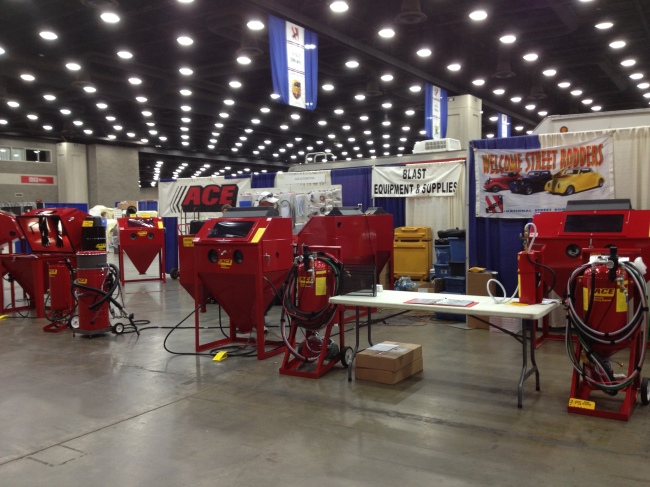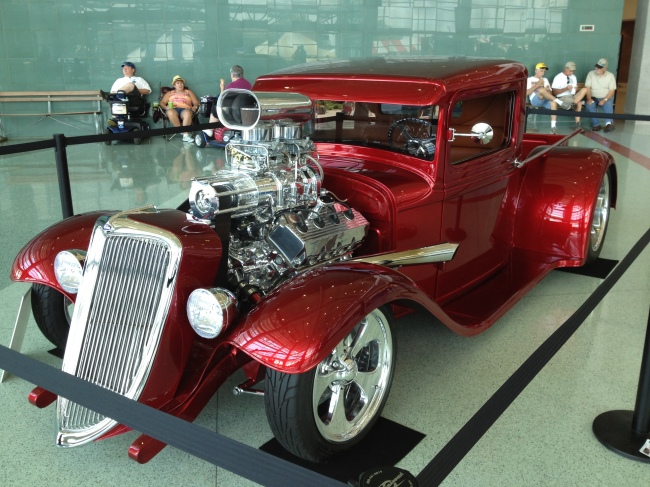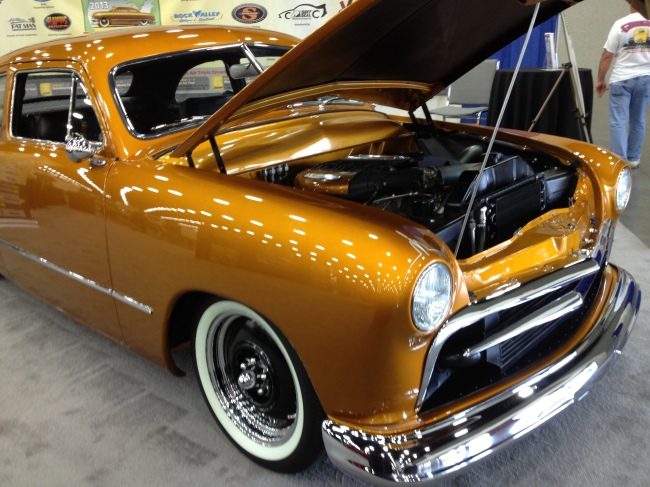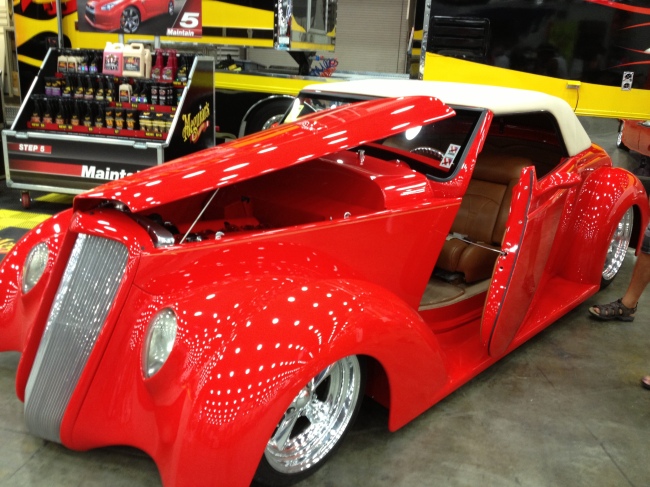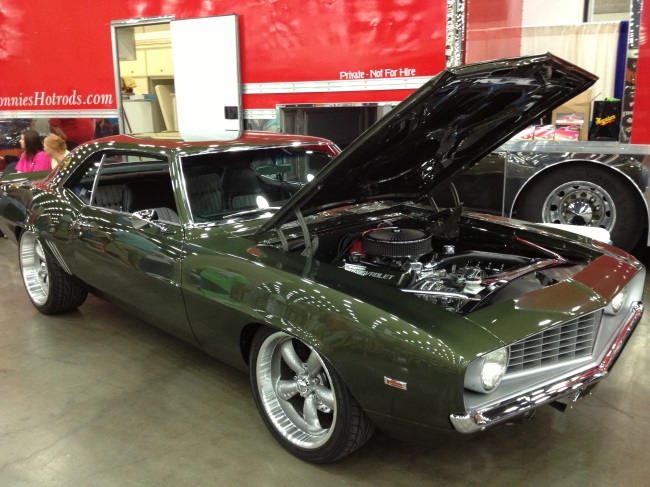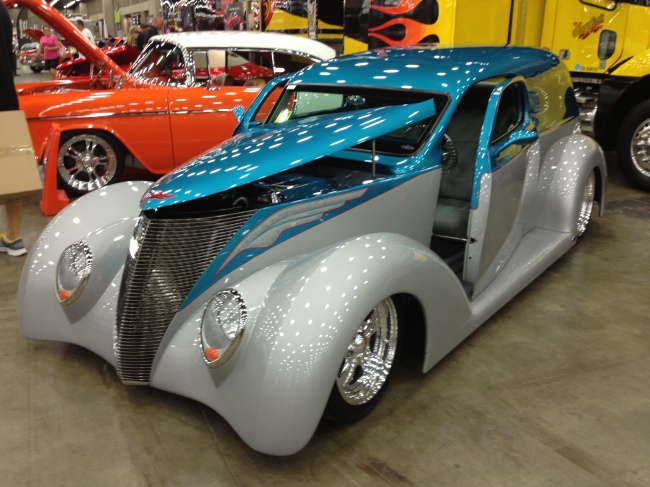Hi Everybody! Welcome to my blog about soda blasting, the environmentally friendly cleaning method that uses a form of baking soda (sodium bicarbonate) in place of other non-environmentally friendly, and health hazardous blasting medias like sand.
In my earlier postings, I explained what soda blasting is, what makes soda blasting such a unique cleaning process, some basic information on air compressors, on soda blasting equipment, on stripping paint, and auto restoration. Once you understand how soda blasting works, it is much easier to appreciate why it is such an effective, safe, and eco-friendly cleaning method for many different types of jobs.
In my last blog postings, I talked about one of the best eco-friendly cleaning uses for a soda blaster: mold remediation and fire damage restoration, and cleaning automotive cylinder heads; one of the most popular uses for a soda blasting cabinet system.
As one of the most extreme Winter’s in years starts to wind down, now is the time to get ready for those Spring projects! Isn’t it time for you to strip the paint off of that car or boat bottom? Remove graffiti off the back of the garage? Clean up mold and mildew in the crawl space? Clean swimming pool tile? Or are you ready to start a new business providing soda blasting services in your area?
If you have a soda blaster, now is the time to make sure that it is in good working condition. Same for your air compressor. Did you leave soda in your soda blaster over the Winter? If so, clean it out! Do you need to repair or replace any of the parts? Do you have soda blast media that is ready to use? Now is the time to make sure that things are in proper operating condition. Do you really want to get out on a job, and find that the soda you left in the tank all Winter has caked up and clogged? Or that your compressor has a mechanical issue?
By preparing now, you can be ready to get your projects done, and enjoy the pleasures you will receive from that car, boat, motorcycle or swimming pool. Getting your property cleaned up and ready to enjoy over the Spring, Summer and Fall. It might not seem like it now, but Spring is on its way!
I hope this helps you. In coming posts, I’ll discuss various soda blasting applications in more detail, along with tips and ideas to help you with your cleaning project or business. Thanks for reading!
– The Sodablasting Guy
